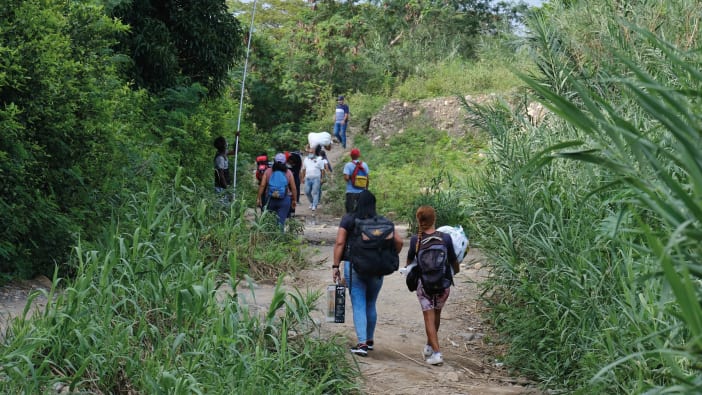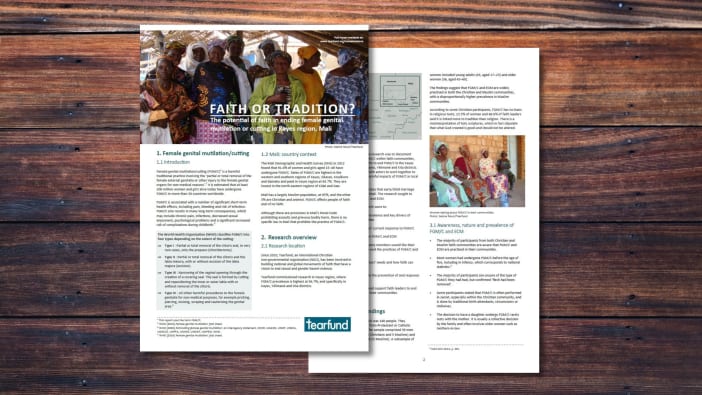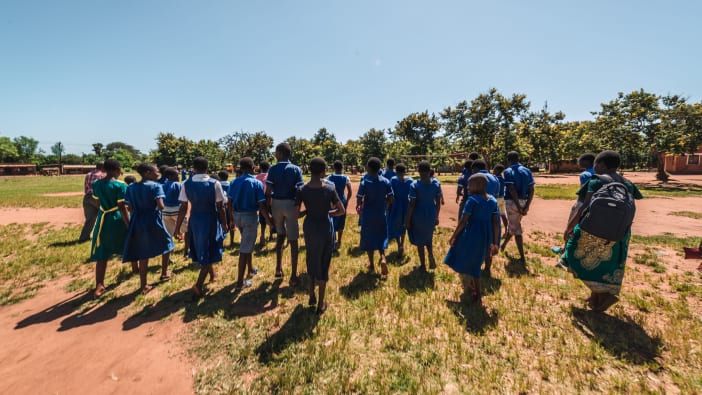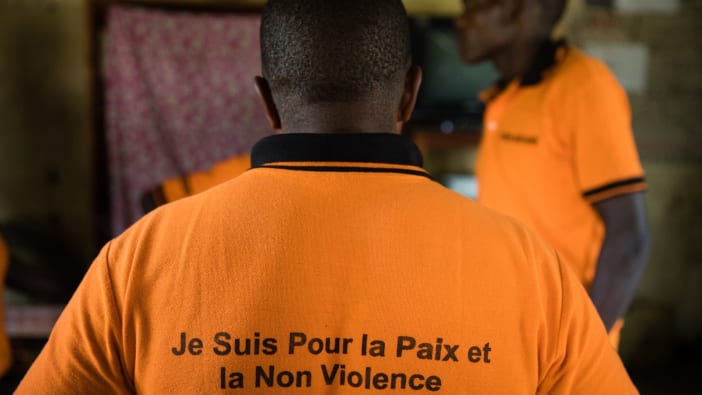Please be aware that this article contains reference to sexual and gender-based violence.
When Ella* was growing up in a small village in rural Liberia, her father insisted that sending her to school would be a waste of time and money. Instead, when she was just eight years old, Ella was sent to a secret female society aimed at preparing young girls for marriage.
Ella experienced female genital mutilation/cutting as part of the initiation into the society. She then stayed with the society for two years and was trained in household tasks.
When Ella returned to her village, her family held a celebration to welcome her home.
However, after the party Ella was attacked and raped by a man from her village. When she confided in her parents, they told her she would now have to marry her attacker.
Fleeing violence
Traumatised, Ella ran away into the nearby forest. Scared and alone she had no safe place to go. After a few days, Ella met a hunter who took her in and let her stay with his family. But before long she was forced to marry the hunter’s son: she was 12, and he was 25.
Over the years, Ella had seven children. The family lived in extreme poverty. Ella would go to a nearby creek to catch fish for food while her husband worked as a day labourer cutting grass.
After a lifetime of abuse and trauma, Ella was worn down and losing hope. She began to turn to alcohol to escape feeling helpless and worthless.
Finding healing
Then Ella was invited to a Journey to Healing workshop run by Tearfund’s local partner. There she met other women who had similar stories of suffering and abuse, and she was finally able to talk about her childhood trauma for the first time.
As Ella and the women shared their stories, they found love and care within the group. They also began to save money and work on projects together to help them earn an income. Ella now grows rice and groundnuts close to her house, and her children have enough food to eat each day.
For the first time in her life, Ella is starting to know her true worth and is positive about the future. ‘Now I have a family that cares,’ she says, speaking about her Journey to Healing support group. Ella is also helping to protect and support other women by facilitating a support group herself. She says, ‘I never thought that I could do this, that others would listen to me… I hope I can do more for other people in the future.’
*Name changed









